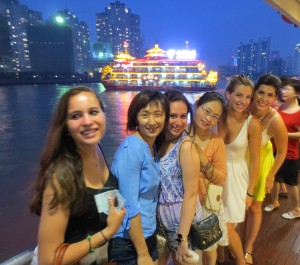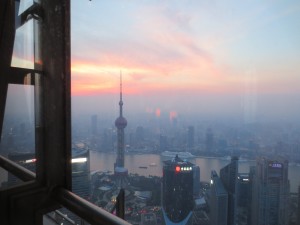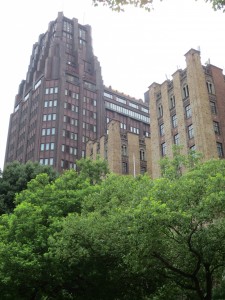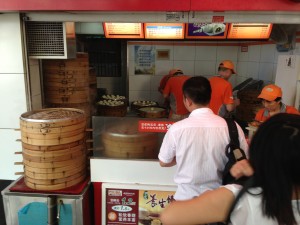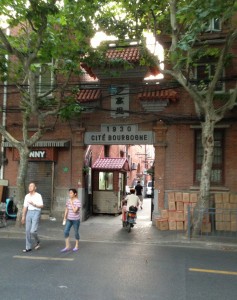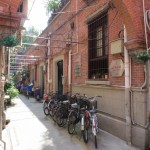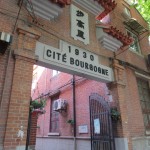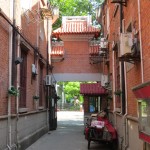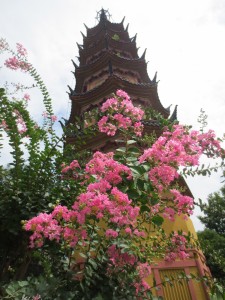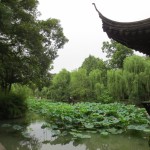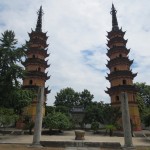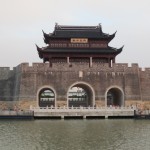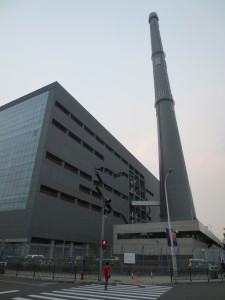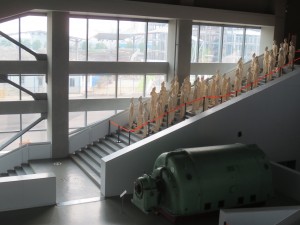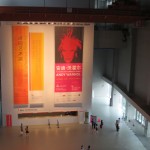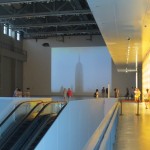The first CGS Social Science Shanghai Summer Program has come to an end. I think all of us who experienced it can say it was a great success, and we’ll all have fond memories of our experiences here. It was a summer of discovery, learning, and excitement; at times, it was also one of confusion, challenge, and a bit of trial and error.
For my part, I couldn’t have asked for a better or more pleasant group of students with whom to work. I was constantly impressed with Melody, Katie, Gaby, and Tali – they put in a tremendous amount of academic work under challenging conditions, all while living in an unfamiliar country and a new culture.
In both their language instruction and in the CGS Chinese history course I taught them this summer, all four students excelled and showed a great deal of poise and maturity. They were full of interesting questions and observations, and they helped create a very positive and rigorous classroom atmosphere. And teaching this group was a lot of fun, too. Their good humor helped make it easier to endure the string of humid, 100-degree days in this summer of record-breaking heat in Shanghai.
It’s no secret that the momentum of world events is shifting toward Asia, and China has fully emerged as a twenty-first century global superpower. This group of CGS students, now armed with knowledge of Chinese language, history, and culture, will be well-equipped to meet the coming challenges of international relations or international business, should they choose to enter those careers. And since the liberal arts curriculum at CGS aims to help create informed, critical-thinking global citizens, our program in Shanghai is an ideal addition to the college.
I am proud of the accomplishments of Melody, Katie, Gaby, and Tali this summer, and I’m honored to have been the first faculty member to teach in the CGS Shanghai program. Thanks for reading and sharing our experiences this summer. -John Mackey


